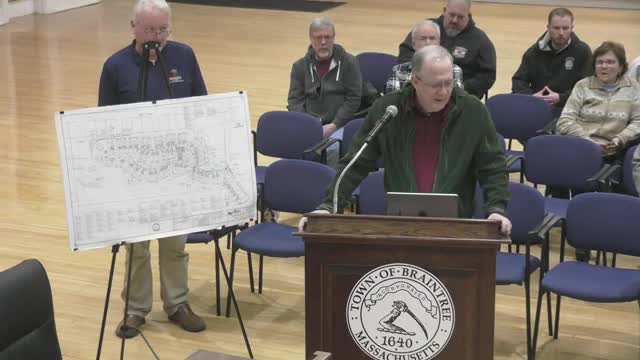Braintree Council discusses transition of former church site to 55 plus community
April 09, 2025 | Town of Braintree , Norfolk County, Massachusetts
Thanks to Scribe from Workplace AI , all articles about Massachusetts are free for you to enjoy throughout 2025!

This article was created by AI using a video recording of the meeting. It summarizes the key points discussed, but for full details and context, please refer to the video of the full meeting. Link to Full Meeting
During the meeting, a local councilor expressed gratitude for the collaborative efforts between the applicant, Mr. Clements, and the community. The councilor acknowledged the challenges posed by the project, particularly due to the church's historical significance to many residents who had personal connections to it. He emphasized the need for a development that aligns with the residential character of the neighborhood, which is predominantly composed of single-family homes.
The proposal marks a notable first for Braintree, as it will be the town's inaugural 55-and-older development. The councilor underscored the broader national challenge of accommodating an aging population and the necessity of creating solutions that benefit the community as a whole. He expressed optimism that, despite potential initial resistance, the project would eventually integrate well into the neighborhood.
The councilor also commended Mr. Clements for maintaining open communication with the community throughout the planning process and stressed the importance of adhering to construction mitigation measures to minimize disruption during development. He concluded by thanking the planning staff and board members for their diligence and foresight in addressing potential issues related to the project.
As the meeting transitioned to member comments, the focus remained on ensuring that the development process continues to prioritize community engagement and cooperation. The planning board's next steps will involve further discussions and evaluations to ensure the project aligns with the interests of both the neighborhood and the developers.
Converted from Braintree Planning Board Meeting 4/8/25 meeting on April 09, 2025
Link to Full Meeting
Comments
View full meeting
This article is based on a recent meeting—watch the full video and explore the complete transcript for deeper insights into the discussion.
View full meeting